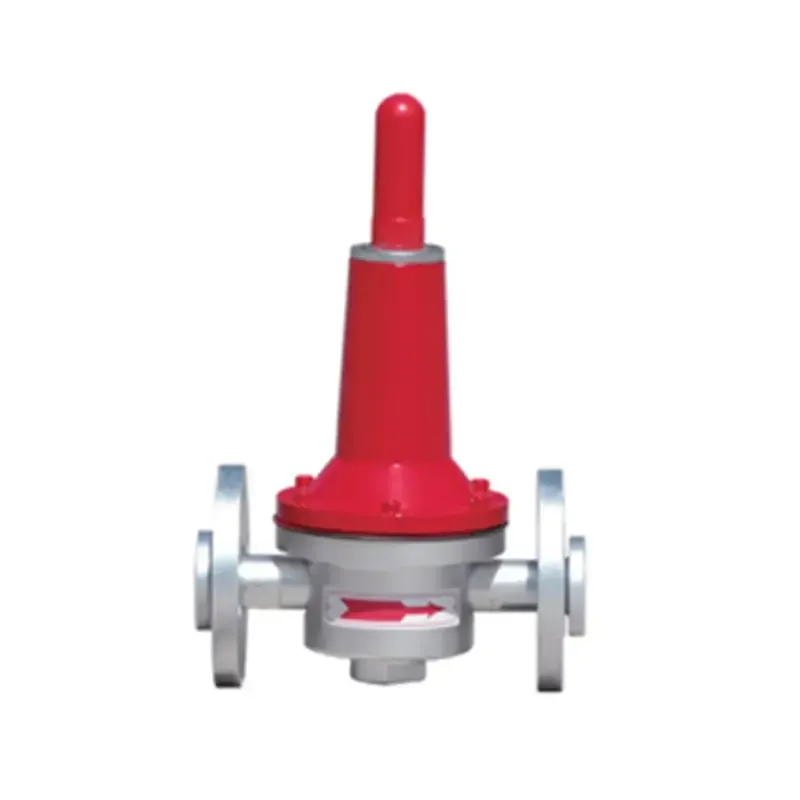
Nov . 14, 2024 04:39
Back to list
electric regulating valve
Understanding Electric Regulating Valves An Essential Component in Modern Automation
Electric regulating valves are becoming increasingly crucial in various industrial applications due to their precision, efficiency, and reliability. These valves are essential components in many systems, providing accurate control over fluid flow, temperature, and pressure. Their operability is driven by electric actuators, allowing for robust integration with automation systems and real-time monitoring.
At their core, electric regulating valves function by adjusting the flow of a fluid in response to inputs from control systems, which could be based on a range of parameters, including pressure, temperature, or flow rate. Unlike manually operated valves, which require human intervention, electric regulating valves can be adjusted automatically based on predetermined set points, reducing the need for manual control and the potential for human error.
One of the key advantages of electric regulating valves is their ability to deliver precise control. This precision is essential in processes where even minor changes in flow can impact overall system performance. For instance, in chemical processing, maintaining specific flow rates can prevent unwanted reactions or ensure optimal product quality. Similarly, in HVAC systems, electric regulating valves help maintain consistent temperatures by adjusting airflow in response to varying environmental conditions.
electric regulating valve

The integration of electric regulating valves with modern control systems is another significant benefit. Many industrial operations are moving towards greater automation, using advanced technologies like the Internet of Things (IoT) for real-time data acquisition and analysis. Electric regulating valves can seamlessly interact with these systems, allowing for remote monitoring and control. This enhances operational efficiency and facilitates predictive maintenance, as operators can receive alerts about potential issues before they escalate into significant problems.
Moreover, the energy efficiency provided by electric regulating valves cannot be overlooked. Traditional pneumatic valves often consume more energy and require additional air supply systems. In contrast, electric valves consume electricity only when adjustments are made, which can lead to substantial energy savings over time. This aspect aligns well with the growing emphasis on sustainability and reducing operational costs in industrial processes.
However, it is also essential to consider the challenges associated with electric regulating valves. For example, their performance can be affected by environmental conditions such as temperature and humidity. Additionally, appropriate selection and sizing of the valves are critical to ensure optimal performance, as misaligned specifications can lead to inefficiencies or system failures.
In conclusion, electric regulating valves play a vital role in enhancing the efficiency and reliability of industrial processes. Their ability to provide precise control, integrate with modern automation technologies, and contribute to energy savings makes them indispensable in today’s automated world. As industries continue to evolve and embrace digital transformation, the importance of electric regulating valves will only continue to grow.
Next:
Latest news
-
Safety Valve Spring-Loaded Design Overpressure ProtectionNewsJul.25,2025
-
Precision Voltage Regulator AC5 Accuracy Grade PerformanceNewsJul.25,2025
-
Natural Gas Pressure Regulating Skid Industrial Pipeline ApplicationsNewsJul.25,2025
-
Natural Gas Filter Stainless Steel Mesh Element DesignNewsJul.25,2025
-
Gas Pressure Regulator Valve Direct-Acting Spring-Loaded DesignNewsJul.25,2025
-
Decompression Equipment Multi-Stage Heat Exchange System DesignNewsJul.25,2025

